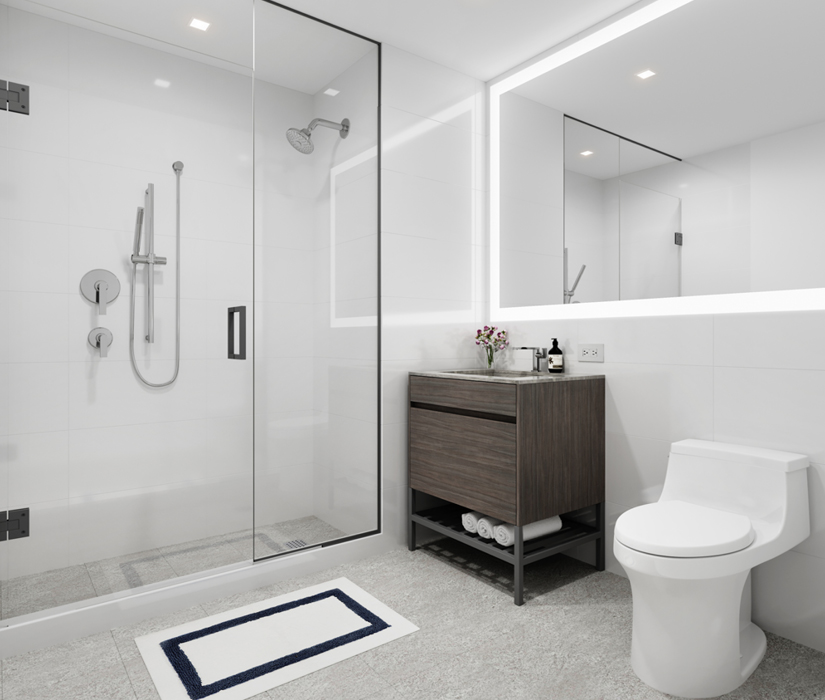Selling your home is a significant step, and one of the most critical decisions you’ll make during this process is determining the right asking price. Pricing your home correctly can make the difference between a quick and successful sale and a property that lingers on the market. In this guide, we’ll explore the art of real estate and provide insights on how to price your home to sell successfully.
Understanding the Psychology of Home Pricing
Pricing your home is more than just crunching numbers; it involves understanding the psychology of potential buyers. Here’s how you can leverage this psychology to your advantage:
The Power of the First Impression: When a new listing hits the market, it attracts the most attention in its first few weeks. Pricing your home right from the start can pique the interest of buyers and agents, leading to a swift sale.
Competitive Pricing: Buyers are often well-informed and have access to vast resources online. They can quickly spot overpriced homes. Pricing your home competitively can position it as an attractive option in the eyes of buyers.
Perceived Value: Buyers tend to perceive a property’s value based on its listing price. If your home is priced too high, it may be overlooked by buyers who believe they can find better value elsewhere.
Determining the Market Value
Pricing your home correctly starts with determining its market value. Here are the key steps involved:
Conduct a Comparative Market Analysis (CMA): A CMA involves evaluating recent sales of similar properties in your neighborhood. This helps you gauge what similar homes have sold for, providing a solid foundation for your pricing decision.
Consider the Current Market Conditions: The real estate market is dynamic, with fluctuations in supply and demand. Assess whether it’s a buyer’s or seller’s market in your area. In a seller’s market, you might have more flexibility with pricing.
Factor in the Property’s Unique Features: While comparables provide a baseline, consider the distinctive features of your home. A renovated kitchen, a larger yard, or a recently remodeled bathroom can justify a slightly higher price.
Think Like a Buyer: Step into the shoes of potential buyers. What would you be willing to pay for a home like yours? Be objective and avoid overvaluing sentimental attachments to your property.
Setting the Right Price: Strategies and Considerations Once you’ve determined your home’s market value, it’s time to set the right price. Here are some strategies and considerations to help you:
Round Numbers: Round numbers can appear more attractive to buyers. For example, $300,000 may seem more appealing than $299,900.
Pricing Just Below a Threshold: Some buyers set price limits when searching for homes. Pricing just below common thresholds (e.g., $299,900 instead of $300,000) can attract a broader range of buyers.
Room for Negotiation: Consider whether you’re willing to leave room for negotiation in your asking price. This can be a strategy to attract buyers who enjoy the process of negotiation.
Regularly Reevaluate: If your home isn’t attracting attention or offers, be prepared to reevaluate and adjust your price. The market can change, and your pricing should reflect those changes.
Seek Professional Guidance: Real estate agents are well-versed in local market trends and pricing strategies. Consulting with a reputable agent can be invaluable in helping you set the right price.
Pricing for a Quick Sale vs. Maximizing Profit
Another consideration is whether you’re aiming for a quick sale or looking to maximize your profit. These two goals can influence your pricing strategy:
Pricing for a Quick Sale: If you’re in a hurry to sell your home, you may opt for a slightly lower price to attract a broader pool of buyers. A competitive price can lead to a faster transaction.
Maximizing Profit: If you’re not in a rush to sell and want to get the highest possible price for your property, you can set a higher asking price. However, be prepared for the possibility of a longer time on the market.
Conclusion
Pricing your home to sell successfully requires a delicate balance of market analysis, psychological understanding, and strategic thinking. Getting it right can lead to a quick and lucrative sale, while getting it wrong can lead to unnecessary delays and price reductions. By understanding the market, considering your properties unique features, and seeking professional guidance, you can master the art of real estate pricing and increase your chances of a successful home sale. Remember that the right price is not just a number; it’s a strategic decision that can make your real estate journey a smoother and more rewarding experience.





